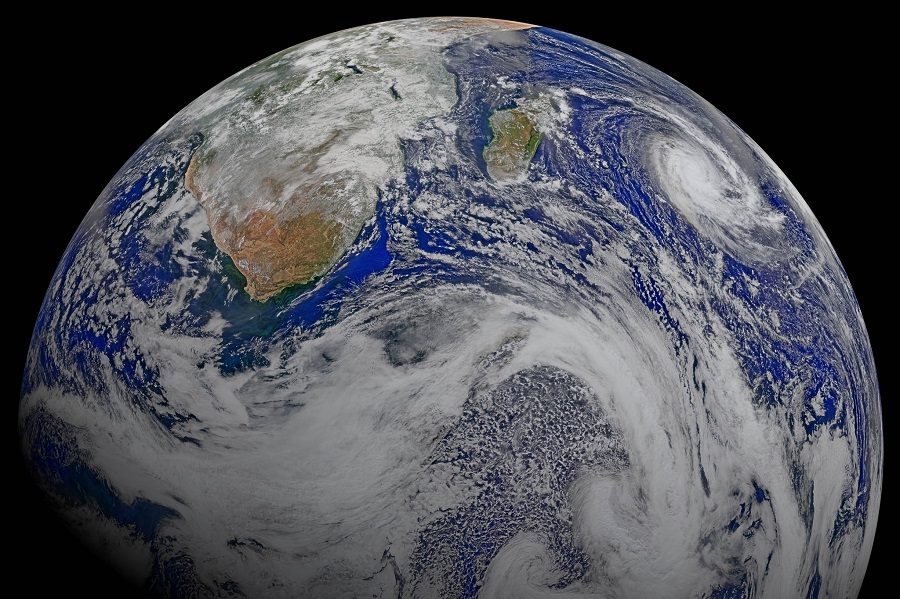On April 21, the world celebrates Earth Day. What is the shape of our planet? Does it really look like a ball, or does it resemble a potato?

What is the shape of the Earth?
The first idea about the spherical shape of the Earth was not actually expressed by Galileo or even Copernicus. It was known to the philosophers of antiquity, and its author is considered to be Pythagoras, who lived in the VI century BC. The recognized authority of the Middle Ages, Aristotle, whose works date back to the IV century BC, placed our planet in the center of the universe. But at the same time he wrote about its spherical shape as a fact, with which practically none of the scientists of the middle of the last millennium argued. Fans of the flat earth theory have always been in the minority.
However, the fact of the sphericity of the Earth was finally confirmed only after the completion of Magellan’s round-the-world expedition in 1522. However, modern scientists give a more stunning answer to the question about the shape of the Earth. In fact, it has the shape not of a ball, but… of a potato.
It is this root crop that its image looks like, compiled according to the data of the LAGEOS, GRACE, GOCE1 gravimetric satellites and ground measurements by employees of the Helmholtz Geophysical Center in Potsdam (Helmholtz-Zentrum, Potsdam Deutsches GeoForschungs (Zentrum)).
Shape of the Earth — Geoid
However, the final picture reflects the exaggerated 10 thousand times deviations of its shape from the “zero level” of the earth’s surface, which is the basis for the global reference system of heights and depths — an ellipsoid of rotation with a flatness of 1/297. This form is called a geoid. From the point of view of geometry, it is a convex closed surface that coincides with the surface of the water in the World Ocean in a calm state.
These deviations are caused by gravitational anomalies associated, apparently, with an uneven distribution of density in the earth’s crust and mantle. As it is easy to see, they are rather poorly correlated with oceanic depressions and large mountain ranges.
Is the shape of the Earth really like a potato?
Geoid images may seem to contradict photographs taken from space. Indeed, in all images of our planet we see a perfect blue ball without ugly irregularities. So which of the images is correct? Both.
The fact is that all deviations of the “potato” from the sphere are deliberately exaggerated. Because in reality they are really difficult to notice, but they are important, because they reflect the unevenness of the gravitational field of our planet.
Studying the irregularities of the Earth’s gravitational field helps scientists to clarify its internal structure and to find out many important aspects of the evolution of our planet, as well as other planets of the Earth group.

